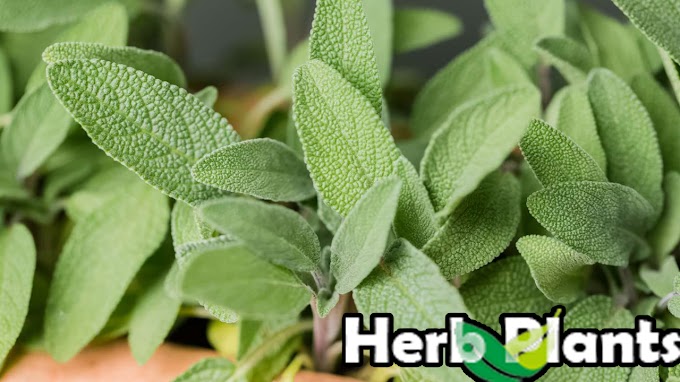Welcome, dear readers, to a captivating journey through the delightful and versatile world of mint! Mint, with its invigorating aroma and refreshing taste, is an herb that has captivated humans for centuries. In this article, we will delve into the wonders of mint, exploring its various types, health benefits, culinary uses, and even some fun trivia. So, sit back, relax, and prepare to be amazed by the power of this humble herb!
Types of Mint:
Did you know that there are more than 25 species of mint? Each one offers its own unique flavor and scent, adding a touch of magic to both sweet and savory dishes. Some popular varieties include spearmint, peppermint, chocolate mint, and pineapple mint. Spearmint is known for its mild and refreshing taste, while peppermint packs a stronger punch with its cool, menthol-like flavor. Chocolate mint surprises taste buds with its delicious hint of cocoa, and pineapple mint offers a fruity twist to any culinary creation.
Health Benefits of Mint:
Mint not only tantalizes our taste buds but also provides an array of health benefits. From aiding digestion to soothing headaches, this herb has been cherished for its medicinal properties. One of its key components, menthol, has a cooling effect that can alleviate discomfort caused by indigestion and irritable bowel syndrome (IBS). Additionally, mint is known to possess antimicrobial properties, which can freshen breath and help fight bacteria that cause oral health issues.
Mint is also renowned for its ability to clear congested nasal passages. The strong aroma of menthol can provide relief from respiratory issues like common colds and allergies, making it a popular ingredient in many inhalers and chest rubs. Furthermore, mint's calming properties have been shown to reduce stress and promote relaxation, making it a wonderful addition to aromatherapy routines.
Culinary Uses:
Mint's versatility extends beyond its health benefits, as it adds a burst of flavor to an array of culinary creations. It pairs exceptionally well with fruits like watermelon and berries, enhancing their natural sweetness and refreshing the palate. A simple fruit salad sprinkled with freshly chopped mint leaves can transform an ordinary dessert into a heavenly treat.
In savory dishes, mint lends its unique aroma and taste to salads, sauces, and marinades. It beautifully complements lamb, providing a bright and zesty flavor. Mint also plays a crucial role in traditional cuisines from various cultures. Think of the aromatic mint chutney in Indian cuisine, or the classic Moroccan tea infused with fresh mint leaves—each bite or sip takes you on a delightful flavor adventure!
Fun Mint Trivia:
Here's some fascinating mint trivia to tickle your curiosity:
1. The word "mint" derives from the Greek myth of the nymph Minthe, who was transformed into the plant by Hades, the god of the underworld, due to his jealousy.
2. Mint has been used as a culinary and medicinal herb for over 2,000 years. Ancient Egyptians, Greeks, and Romans all valued mint for its various properties.
3. Mint is a member of the Lamiaceae family, which also includes other well-known herbs such as basil, rosemary, and oregano.
4. Mint was used as a form of currency in ancient Rome. People would pay their taxes with sacks of mint leaves!
5. The aroma of mint is said to improve concentration and stimulate the mind. It's a great natural aid for those times when you need a little extra mental boost.
We hope this article has opened your eyes to the marvelous world of mint! Whether you're an avid cook, a health enthusiast, or simply someone who appreciates nature's wonders, mint is an herb that deserves a special place in your life. Have you ever experimented with mint in your recipes? Maybe you have a favorite mint-infused drink or a unique way of using this herb. Share your thoughts and experiences in the comments below, and let's continue the minty conversation!




0 Comments